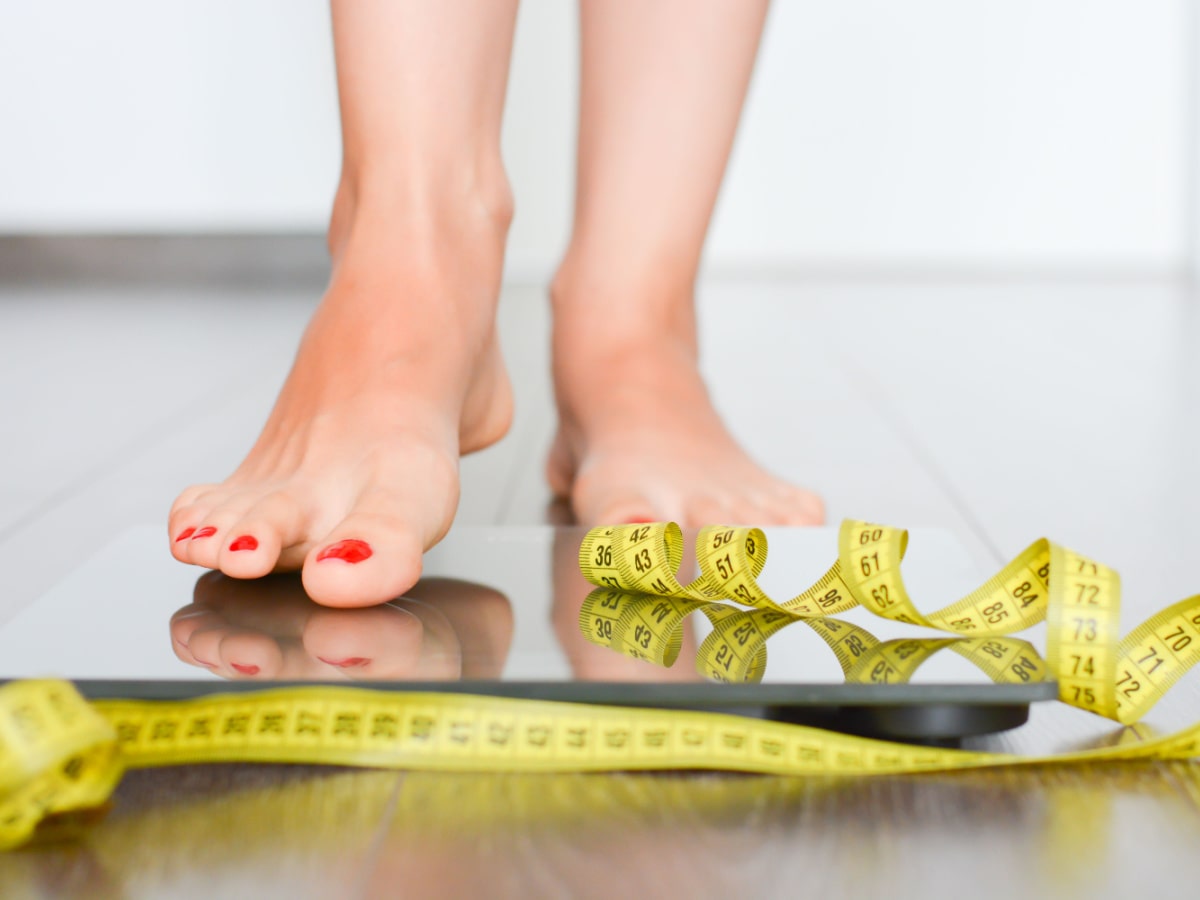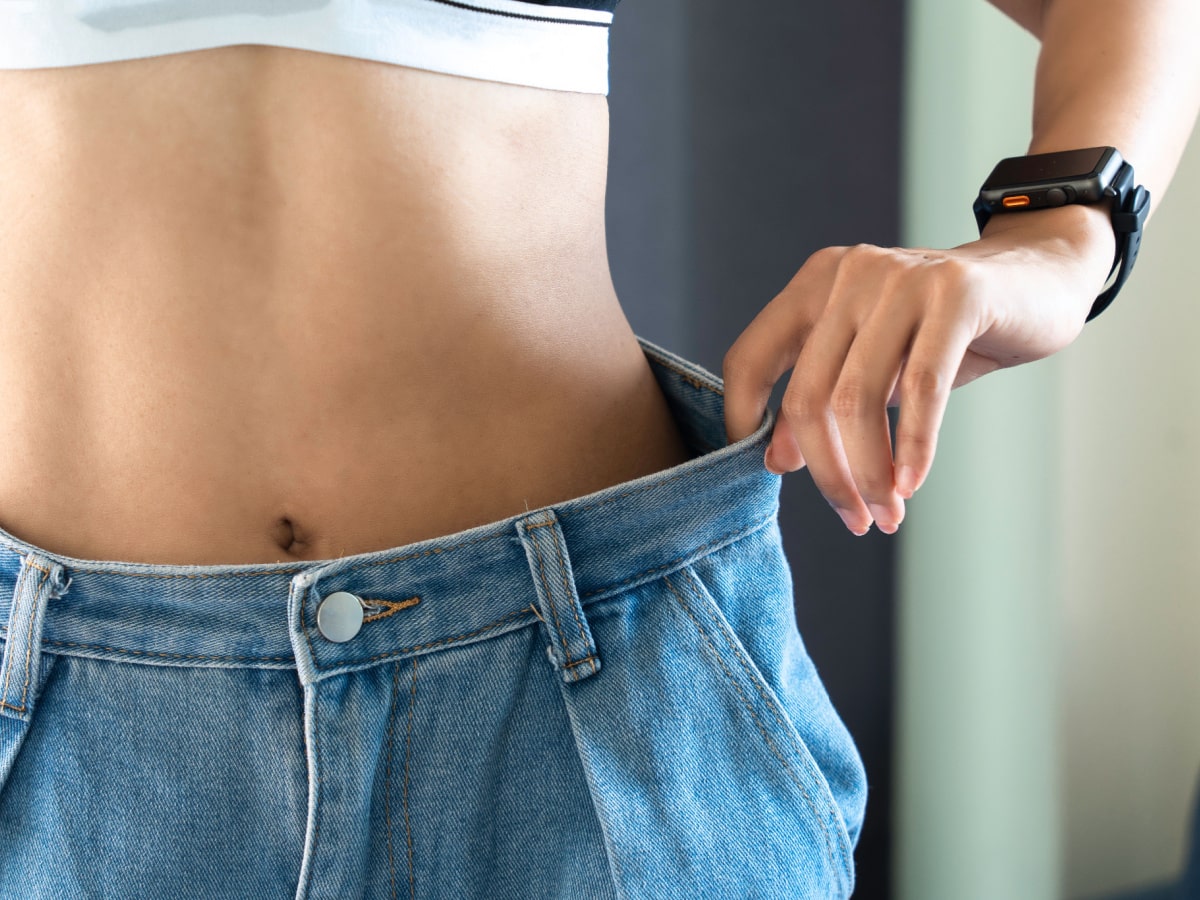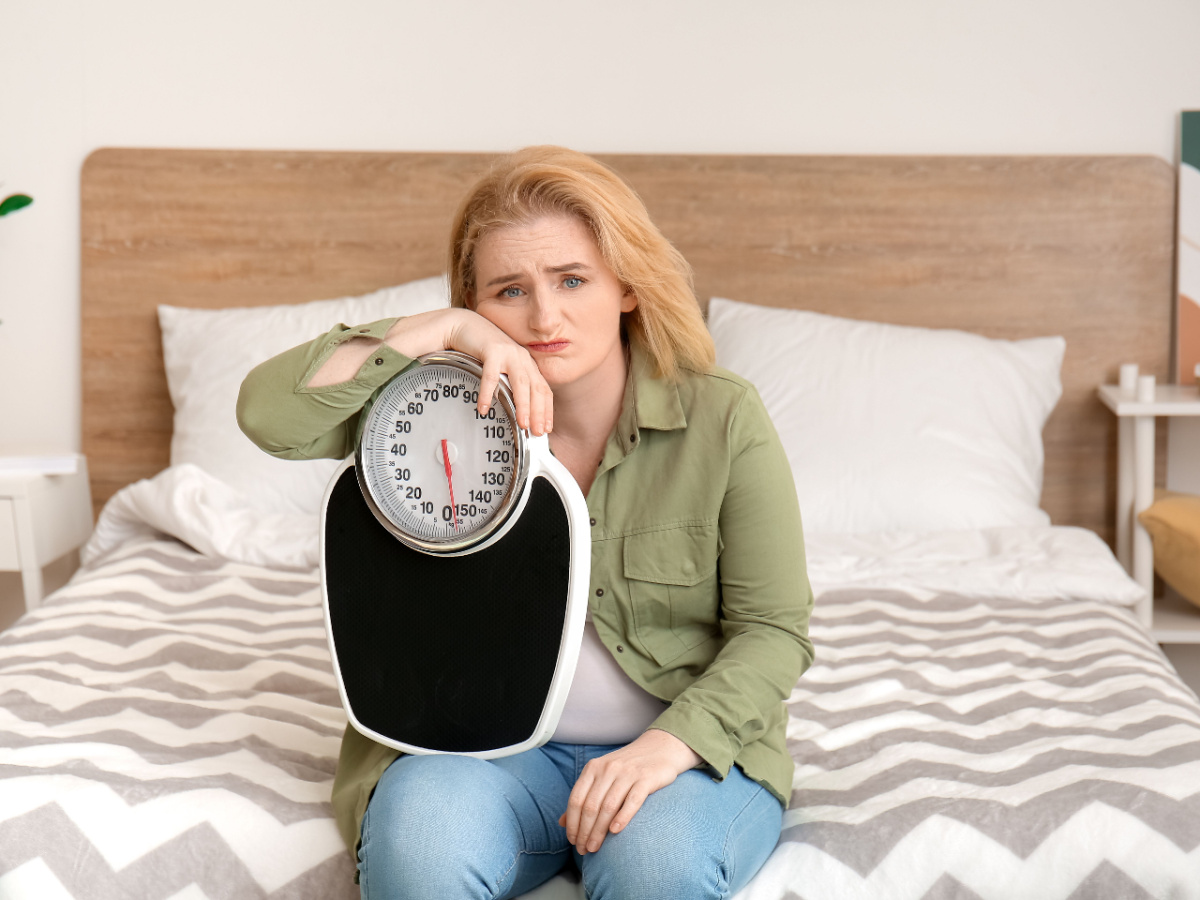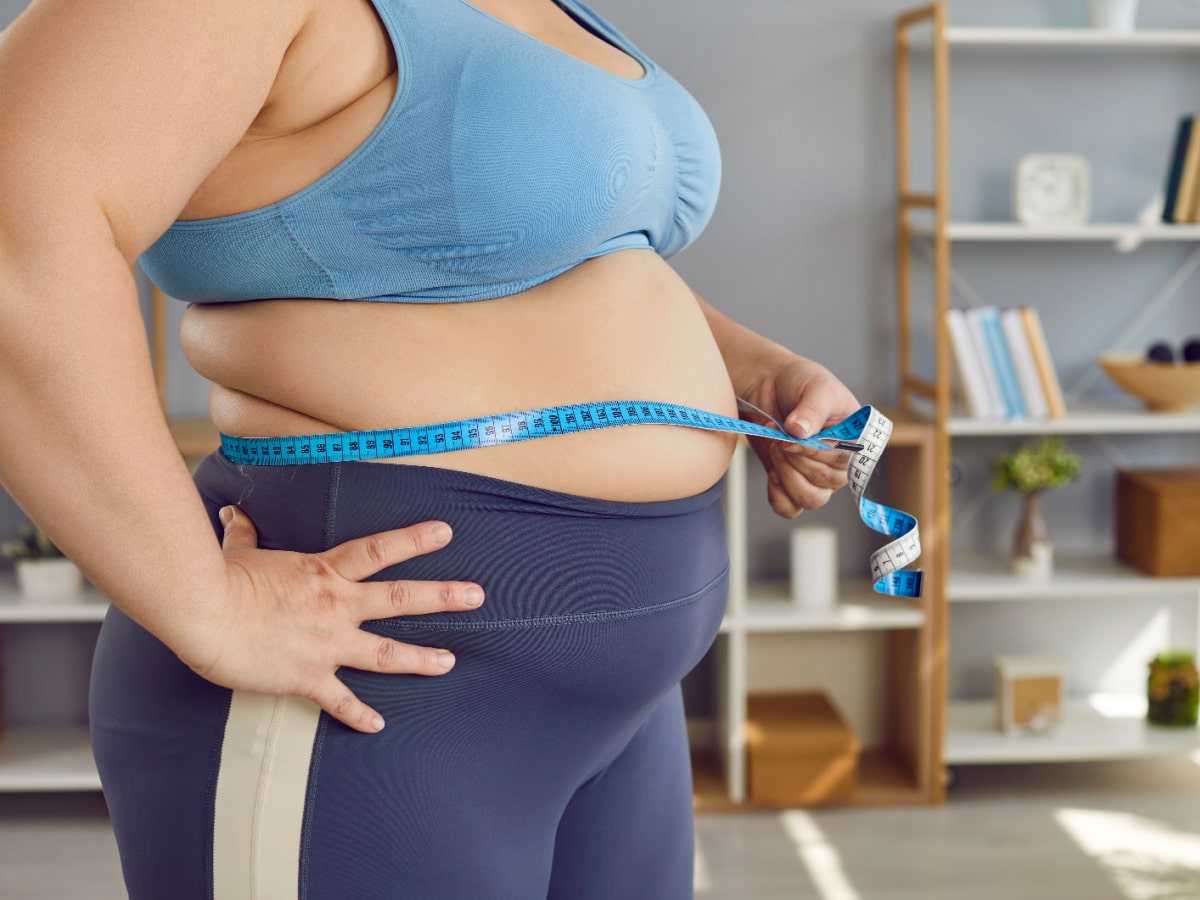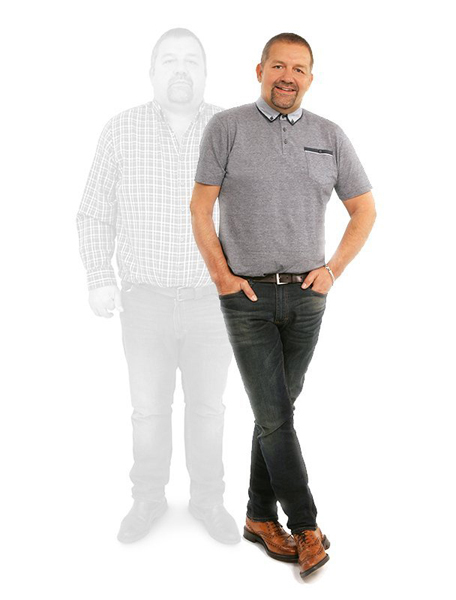Table of Contents
Do you know what your body fat percentage is, right now? What range is considered ideal for your gender? Or why should you even care?
Your body fat percentage is a value that tells you how much of your body weight is made up of fat. In terms of your overall health, your body fat percentage can be one of the most useful numbers available to you, more than how much you weigh and even more than your Body Mass Index (BMI).
You might argue that you can just rely on visual appearance; everyone knows what an overweight or obese person looks like. When you get to that point, you know you need to start making a change in your lifestyle. Unfortunately, once you get to the overweight/obese stage, your risk for developing health complications will increase, and weight loss becomes difficult.
If you are interested in developing or maintaining a healthy and productive lifestyle, measuring and understanding your body fat percentage is incredibly important.
What is body fat percentage?
Before you start working towards your weight loss goals, it’s a good idea to know what body fat percentage is and how it can help you. Essentially, body fat percentage is a way to measure the amount of fat stored throughout a body, giving a good indication of health – or lack thereof. Body fat percentage can provide a much more accurate reading of health than a simple weight measurement, which can be detrimental, especially when comparison is involved. So, body fat percentage can shine a light on a healthy or unhealthy weight, but why should anyone bother using it instead of something else?
Well, it turns out there are a few reasons to use body fat percentages over a different method of tracking weight. From getting a good understanding of your actual weight to helping plan your weight loss goals, body fat percentage can be a helpful tool. Here are three key reasons why understanding your body fat percentage can positively impact your life.
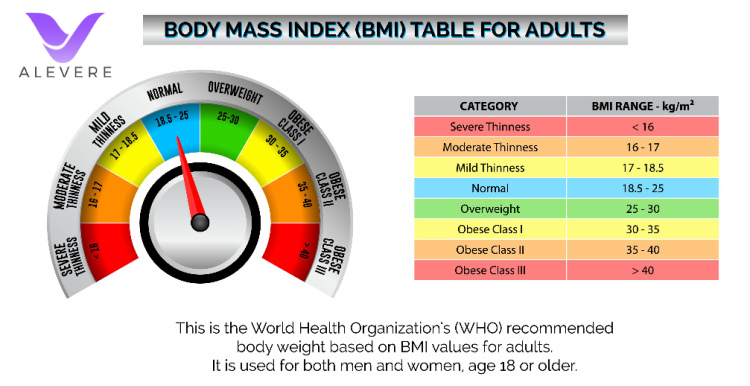
1. Get The Context Of Your Weight
Knowing how much you weigh tells you very little because two people can have the same weight but have completely different body compositions and health risks. Your body fat percentage (PBF) puts your weight into context, telling you far more about yourself than how heavy you are.
Without the context body fat percentage provides, it’s very difficult to understand what your weight means when you stand on a scale and whether or not you should consider making changes to improve your body composition.
2. Decide How To Start Improving
Understanding your body fat percentage helps you decide which of the two goals that reflect healthy body composition changes – increasing Lean Body Mass and decreasing Fat Mass – you should be working on.
It’s difficult to point to any single “ideal” percentage because what may be ideal for a bodybuilder may be different than what’s ideal for a football player. For this reason, ranges are used to give people an idea of where they stand in terms of health.
For men: 10-20% is considered normal/healthy
For women: 18-28% is considered normal/healthy
Knowing where your body fat percentage falls in these ranges can be very helpful for you to decide how to improve your overall composition.
3. Reduce The Risk of Heart Disease
Keeping your body fat percentage at a healthy level can help reduce your likelihood of getting serious health risks, specifically, heart disease.
Heart disease is most often caused by a buildup of plaque on the walls of your arteries. This occurs when small pieces of cholesterol (low-density lipoprotein, or LDL) damage your arteries, causing them to harden, forcing your heart to work harder to pump blood throughout your body.
Know Your Percentage to Take Control of Your Health
Perhaps one of the best things about your body fat percentage is that it compares you to yourself.
If you just track weight, this invariably leads to comparing yourself to someone else. Even though there could be significant differences in height, muscle mass, genetics, or other factors, all people hear when they talk about or think about their weight is the number.
That’s what’s so great about your body fat percentage. It doesn’t matter how much you weigh; the only thing that matters is what that weight is made up of. You could be overweight (and even have a BMI that tells you that), but if you’re a woman with a healthy body fat percentage of 25%, why care?
Also Read: The Untold Truth About Calories & Weight Loss
How to calculate body fat percentage
Knowing that body fat percentage can be helpful is all well and good, but it isn’t much use if you don’t know how to calculate it. The problem is, there are quite a few ways to measure your body fat percentage, and it can be tough to settle on what sounds like a good measurement. Some are more accurate than others, while certain methods might be a bit off-putting. Here are a few methods of measuring body fat percentage you should know:
- Skinfold method – The skinfold method, also known as a pinch test, is one of the most common and accessible methods of measuring body fat percentage. The skinfold method obtains a body fat percentage measurement by pinching several areas of the skin with calipers. This can obtain an accurate measurement at a low cost, although it should be performed by a professional for best results.
- Hydrostatic method – The hydrostatic weighing method is a fairly niche and innovative method of measuring body fat percentage. It requires you to completely exhale and submerge yourself in water three times. The amount of water you displace will be measured by a machine, giving an incredibly accurate body fat percentage.
- Bioelectrical impedance scales – While they might sound alarming, bioelectrical impedance scales are essentially just fancy weighing scales. You can buy them easily online, and use them quite like you would a normal weighing scale, but with the addition of additional input and output data. With one, you’ll be able to get a reading for your muscle mass, body water percentage, and body fat percentage. The trouble is, they aren’t as accurate as the other methods we’ve mentioned, so take note of that before you buy.
- DEXA scan – A DEXA, or Dual-Energy X-ray Absorptiometry, scan is a full-body scan that can give a highly accurate measurement of body fat percentage. This is done by taking a complete scan of your body, and can give you a range of other helpful data points. If you want a DEXA scan, you’ll need to find a local clinic near you that has the necessary machine.
What is a good body fat percentage?
A healthy amount of body fat will depend very much on who you are. Healthy body fat ranges increase slightly as we get older, and men can generally have a lower body fat percentage than women. To find out if you’re at a healthy body fat percentage, let’s take a look at some numbers.
Healthy body fat ranges are divided in line with two variables; age and sex. There are three age brackets noted in the American Journal of Clinical Nutrition, which gives us a good idea of what our body fat percentage should be depending on these two variables. These brackets are as follows:
- Ages 20-39 – Healthy body fat percentages within this age bracket are 8%-19% for men, and 21%-32% for women.
- Ages 40-59 – Healthy body fat percentages within this age bracket are 11%-21% for men, and 23%-33% for women.
- Ages 60-79 – Healthy body fat percentages within this age bracket are 13%-24% for men and 24%-35% for women.
While you might think as little fat as possible is good, it’s vital you don’t go below the minimum healthy percentage. Fat might be harmful in large quantities, but it’s also unhealthy if you don’t have enough. Our bodies need fat in part to protect our vital organs, but also to absorb certain vitamins and nutrients. Too little fat can make it difficult for the body to get what it needs, which can cause its own health problems down the line.
Also Read: 6 Reasons To Lose 3 Stone
Getting rid of excess body fat
It’s easy to reach the higher end of the healthy body fat percentage range, or even a little beyond it. Temptation is everywhere, whether it be the chocolate sat in your cupboard, or the takeaway on your route home from work. Luckily, you have quite a few options to burn off this excess body fat, and only a couple of them involve breaking out the running shoes. Here are a few suggestions of what you can do to get rid of your excess body fat.
Health focused diet
Burning excess body fat is a straightforward process on paper. It comes down to a simple equation – calories in, calories out. That is to say, if your total calorie intake minus your calories burnt is less than needed to sustain your current weight, you’ll start to lose it. This is known as a calorie deficit.
Creating a calorie deficit can be done through diet, exercise, or a mix of both. Changing your diet might sound a bit ominous, but don’t worry, dieting doesn’t have to mean cutting out a bunch of your favourite foods and half-starving yourself. In fact, that’s often where people go wrong. Good changes to diets are more about improving your eating habits and what you put on your plate, rather than simply restricting the quantity of food you eat.
For example, if you don’t include much protein in your diet, you should! Not only is protein an incredibly important nutrient for the body’s health and development, but it also creates feelings of fullness and will leave you satisfied for longer despite eating less food. This is vital when it comes to staving off snacking. Another good nutrient to include in your diet is fibre. While you could argue it isn’t as important for the body as protein, it certainly will leave you feeling full. If snacking is your bane, eating more of these two nutrients could be a real help.
Getting more sleep and timing your meals right is another good call. Lack of sleep can cause a range of problems for our minds and bodies, and has an influence on our weight. As one study suggests, losing even as little as one hour of sleep can reduce fat loss over the course of a week. On a similar note, eating three square meals at the appropriate times each day can help our bodies properly process fat and other nutrients during sleep, and reduce the likelihood that cravings kick in.
Our last point on diet is exactly what you’d expect – cut out junk food. Sure, it tastes good, and it might well give us a helpful energy boost, but these are short-term gains for serious long-term pains. There’s nothing wrong with a snack or two over the weekend, but as a daily habit, calories can rack up fast. Add in sweet drinks to the mix, and you’ve got a load of calories disguised as a small treat. If you’re a serial snacker and enjoyer of fizzy drinks, you’ll really notice the difference if you drop them from your diet.
Workouts
The other option for creating a calorie deficit is exercise. While running a few miles a day is certainly going to burn your excess body fat, you certainly don’t need to be so intense. An effective workout can be as little as 20 minutes a day, amounting to around 150 minutes a week. Provided you make it a habit, and perhaps sprinkle in some dietary changes, creating a calorie deficit would be simple.
Cardio, also known as aerobic, exercises are a good workout for weight loss. This includes anything from running to swimming, cycling to an evening walk. Whichever exercise is best suited to you can be done at your pace, and the benefits will be noticed quickly. Exercise might even have a knock-on effect, with an increase in energy resulting in your body decreasing its cravings for sugary treats.
If you’re looking to take it a step further, you could try High-Intensity Interval Training (HIIT). True to its name, such exercises are intense and pretty tough, but the health benefits are astounding. Take the Tabata Ride as an example. It is a form of HIIT that can be done on an exercise bike, and involves alternating periods of high-intensity and low-intensity exercise. Studies have shown that as little as three minutes a day can be a serious benefit to the body’s health, if you can endure the difficult exercise.
Whichever method you choose, make sure to go at your own pace. Many attempts at weight loss are scuppered not for lack of trying, but due to pushing too far. This can lead to burnout, bad feelings, and a return to the norm. Instead, cultivating good, healthy habits that can be done as part of daily life is far more effective in the long term.
Wrapping up
At Alevere, we use cutting-edge body composition equipment to accurately measure your progress; ensuring you lose weight whilst maintaining muscle mass. Get in touch today to find out how we can help you start your journey.


